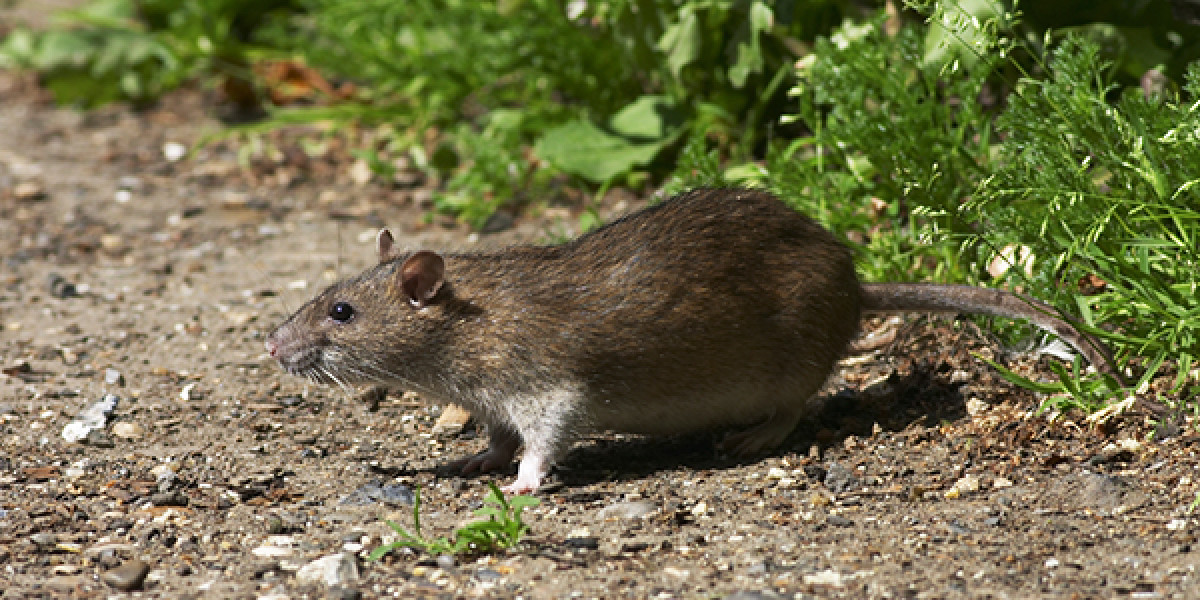The History of Aotearoa New Zealand’s Introduced Mammal Pests
Rats
Pacific rats (also known as Kiore and Rattus exulans) were brought to New Zealand by Polynesian settlers in the 13th century. The settlers kept them as an important source of fresh protein on their long voyages and in the new lands they discovered.
Ship rats (also known as black rats, roof rats and Rattus rattus) and Norway rats (also known as sewer rats and Rattus norvegicus) arrived with the early European settlers in the 18th century, mostly as stowaways on ships.
Rats in New Zealand have few or no native predators and so their numbers are only limited by food availability and suitable territory. Native animals have evolved in New Zealand without ground-based mammals since New Zealand split away from the supercontinent Gondwana some 80 million years ago. As there was no need to evolve defence against mammal predators, many native species are virtually defenceless against rats and other introduced predators. Over time, rats have caused the extinction of some New Zealand native birds and bats, through predation and competition for food.
Mice
Mice (Mus musculus) were introduced by European settlers around the same time as the ship and Norway rats. Although smaller and less of a direct predatory threat to native birds, they eat insects and grains in competition with native birds and lizards.
Possums
Possums (Trichosurus vulpecula) were brought to New Zealand from Australia (from Victorian and Tasmanian populations) in the mid-19th century to be farmed for their fur. Once established the possum population increased rapidly because of a lack of natural predators and the availability of vegetation that was suited to their diet and had not evolved defences to their browsing. Millions of possums are found throughout New Zealand except for some sanctuaries and islands. They kill trees by stripping their leaves, fruit, and seeds. Once larger trees die, the shrubland that replaces them is not suitable for the same forest ecosystem. Many native animals can no longer find suitable food and shelter.
Rabbits
Rabbits (Oryctolagus cuniculus) were introduced to New Zealand, both as food-animals, and for ‘sport’. Once established they have spread across the country and boomed in numbers causing several rabbit plagues. They burrow and eat grasses and small shrubs. In many areas plagues have removed much of the vegetation cover leaving exposed soils vulnerable to wind and water erosion. Loss of topsoil means only the toughest plants will now grow.
Ferrets, Stoats, Weasels
To control the rabbit plagues, stoats, ferrets, and weasels (mustalids) were brought from Britain in the 1870s. Unfortunately, the stoats and ferrets found the native ground dwelling birds, and their eggs, easier than the rabbits to feed on. Weasels have been less successful at adapting to New Zealand conditions but are still a threat to birds and their eggs.
Dogs and Cats
It is not surprising that companion animals such as dogs and cats were brought to New Zealand by settlers. It is also not surprising that some would become feral and in the wild revert to their natural predatory habits. It is thought that cats, domestic and feral, may catch as many as 18 million animals, including over 1 million birds each year in New Zealand.
Efforts to protect and encourage breeding of New Zealand’s iconic and increasingly rare symbol, the kiwi, are sadly too often thwarted by attacks from feral dogs.
Deer, Goats, Pigs
Other land mammals have been introduced to New Zealand as farm animals and some of these, including deer, goats, and pigs, have gone feral and have an impact on New Zealand’s natural habitats through grazing and competing for food with native animals and destroying native vegetation.
People
From the 1860s, Acclimatisation Societies were set up in New Zealand with the purpose of bringing British and European species to New Zealand for various purposes including hunting, fishing, farming, fur and as reminders of home. At the time, acclimatisation societies were not unique to New Zealand, and as peoples have moved around the world, they have always taken animals and plants with them. But the results of these introductions have been more noticeable and recent in New Zealand.
Apart from people being responsible for bringing the above to New Zealand, humans are, or have been, direct predators of native animals and destroyers of natural habitat. Early Polynesians are thought to have wiped out the large flightless moa birds through hunting, and since European settlers arrived, a sadly long list of other New Zealand species have become extinct.
Let’s not add to this list of extinct New Zealand animals. Find out more about the Predator Free 20250 initiative and how you can help save New Zealand’s native birds.


